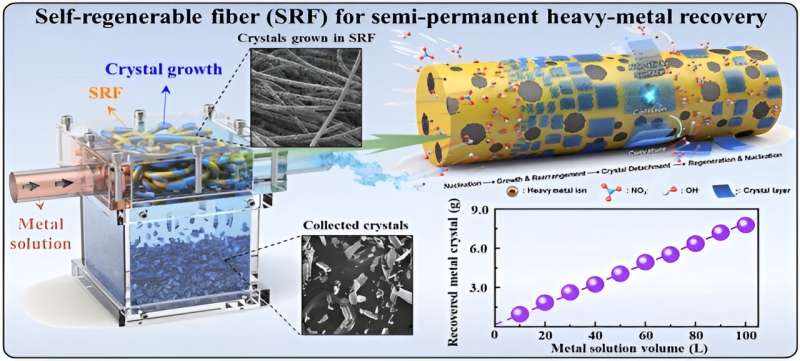It’s no secret we all need to pull together to help ease pressures on the environment, but there could be a compelling psychological basis for why many of us aren’t doing everything we should to help save the planet.
A recent report based on seven studies involving a total of more than 2,000 subjects found that both men and women associated eco-friendly behaviours and products with being feminine – which scientists say could contribute to men not embracing environmentally conscious conduct, for fear of it undermining their manliness.
“Previous research shows that men tend to be more concerned about maintaining a masculine identity than women are with their feminine identity,” says consumer psychologist James Wilkie from the University of Notre Dame in Indiana.
“We therefore thought that men might be more open to environmental products if we made them feel secure in their masculinity, so they are less threatened by adopting a green product.”
In a series of experiments, Wilkie and fellow researchers surveyed men and women’s attitudes to eco-friendly products and shopping behaviours, to examine the limits of what the team call the “green-feminine stereotype”.
Previous studies had found evidence that men use more energy than women – and recycle less while littering more – but the reasons for why haven’t always been clear.
Some research has suggested the difference in men and women’s personalities – specifically, our levels of altruism – could explain how environmentally conscious we are, but Wilkie’s team says the psychological link between eco-friendliness and femininity could be another important basis.
Of course, it seems kind of silly to think that men worldwide might be shunning environmentally responsible ways of behaving because it could make them seem less macho – but as the researchers found, both men and women in the surveys associated being green with being feminine, not just the male respondents.
“In one experiment, participants of both sexes described an individual who brought a reusable canvas bag to the grocery store as more feminine than someone who used a plastic bag – regardless of whether the shopper was a male or female,” the researchers explained in a post at Scientific American this week.
“In another experiment, participants perceived themselves to be more feminine after recalling a time when they did something good versus bad for the environment.”
As funny as it might sound, if these results pan out, what the team has found here could be a galvanising call to arms for marketers and environmental activists generally – an opportunity to examine how being eco-friendly can be rebranded in ways that are more palatable to men’s macho self image.
Some of the research looked at ways of doing just that, with one experiment gauging how much a nature charity brand appealed to men and women.
When the charity was called “Friends of Nature” (with a bright green logo featuring a tree), it appealed to women – but men preferred the same charity branded as “Wilderness Rangers”, featuring a wolf howling at the Moon.
These kinds of marketing alterations are readily used to appeal to consumers in other areas, the researchers say, and it could be time for the same kind of gender-based branding to maximise appeal for environmental products.
“Body wash used to be considered a very feminine product, but companies changed that perception by marketing their products in a more masculine fashion,” says Wilkie.
“It worked – as it also did for diet soft drinks. Again, there was a perception that ‘diet’ products were for women. Marketers changed their phrasing to ‘zero-calorie’ drinks.”
Of course, from a sociological perspective, some say it’s a serious cause for concern that environmentally conscious behaviour and products repel men, just because they’ve somehow become linked with femininity in our minds.
“That says what’s feminine is bad, is lesser, is second class,” director of the Women’s, Gender, and Sexuality Program at Boston University, Carrie Preston, told The Washington Post last year.
That’s a fair point, and something else we really have to work on.
But while we’re at it, let’s not forget we might be doing the planet a major disservice if we don’t figure out how to make eco-friendly things appeal to men – and their seeming obsession with being manly at all costs.
“It’s not that men don’t care about the environment,” the researchers write in Scientific American.
“But they also tend to want to feel macho, and they worry that eco-friendly behaviours might brand them as feminine.”











